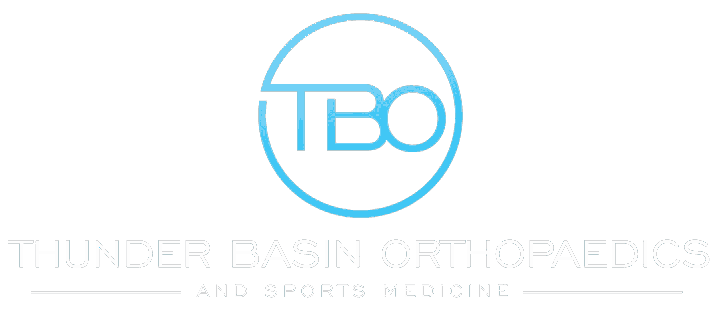Whether you’re an athlete or just looking to stay in shape, you want to stay on top of your game. You’re maintaining an active lifestyle, eating the right foods, and doing your best to stay physically fit. But even the most elite athletes need strength training to enhance their sports conditioning beyond standard workouts on and off the field. So what is the solution to a solid workout and results that you’ll notice?
Incorporating a solid strength training routine is something that athletes, coaches, and those living an active lifestyle on their own have incorporated for decades. The benefits go well beyond just a simple increase in strength. Strength conditioning routines assist in developing enhanced speed, agility, and muscle mass, among other benefits.
Strength training is also important in building injury resistance. With training of any sort comes the risk of injury, regardless of your physical capabilities or the frequency of your workouts. Strength training is a major step in preventing an injury that may set you back. A key rule of any workout routine is to listen to your body and not push yourself past your limits. Today, we will take a look at some of the top injury prevention techniques for strength conditioning routines and how they can help you prevent injury.
Contents
Machine Weights
Also known as resistance training, strength training with machine weights can be changed to increase (or decrease) the intensity of your workout. Designed to produce resistance to injury and increase strength, the use of machine weights can include weight stacks, hydraulics, resistance rods/bands, or resistance tubing.
There are various machine weights targeting specific muscle groups. Looking to add leg strength? Try a leg extension or seated leg press. Opting for arms and upper body? A lateral pull-down machine or shoulder press will help increase strength and resistance to injury in your upper body. The use of machine weights can help you to create a balanced routine for different muscle groups on other days ━ this way, no one muscle group is lacking or faces an increased risk of injury.
Free Weights
Opposite the rhythmic and fixed movement patterns found in machine weights, free weights allow for a more flexible range of motion in strength training. Barbells and dumbbells, kettlebells, medicine balls, ankle and wrist weights, and weight lifting chains are all tools in your chest for a successful strength training routine.
Like machine weights, you can increase or decrease the weight amount to increase or decrease resistance. Because the range of motion in using free weights is more flexible, different muscles can be targeted at other times in the motion itself. This means that when the joint is fully extended/locked, the weight is transferred from the muscle to the joint. Stabilizing muscles are then used to keep the joints in line.
However, form is a key in using free weights, as the lack of fixed movements can cause issues if you have poor lifting form. To prevent injury when lifting with free weights, start small and work your way up. Make sure you can comfortably perform repetitions without straining yourself before you move up in weight. Focus on getting your form correct first with lighter weights, and ensure that as you increase weight you can maintain your form and focus on the muscles you are targeting without compensating with others.
Body Weight
Utilizing your own body weight as a form of strength conditioning is becoming more and more common. Using it as resistance, your body weight also maintains a free range of motion. This allows for various exercises that can target multiple muscle groups at one time (provided that you maintain good form and do them correctly).
Exercises using your own body weight include plyometrics, push-ups, pull-ups, abdominal exercises (such as sit-ups or crunches), sprinting, jumping rope, and burpees. With bodyweight exercises, the weight remains consistent and manageable. Stabilizing muscles are also used in bodyweight exercises since the exercises/”lifting” of weight does not follow a fixed path.
Using your bodyweight is a great way to build up strength and work with the tools you have on hand at all times. It’s also a safe way to exercise without the added risk of straining yourself through added weight. There are limits to bodyweight exercises, however. The inability to change the weight used during the exercises may limit the effectiveness of the exercises for some individuals.
Injury Prevention 101
You may be reading this wondering how strength conditioning could possibly prevent injury. Ideal for in-season, off-season, and personal conditioning, strength conditioning benefits go beyond building muscle and tone. It is an effective method of injury prevention for several reasons.
- Strength training increases the resistance and strength of muscles, ligaments, tendons, and bones. This holds the body in proper alignment and allows the body to absorb shock from powerful or dynamic movements better.
- Strength training will help to eliminate weak areas of the body. By creating a balanced strength training routine, you’re working all muscle groups and areas of the body, not neglecting certain muscle groups and increasing the risk of weakness and injury.
- And, with a balanced routine, there won’t be imbalanced muscles (or muscles that are easily fatigued or injured over others). This also decreases abnormal pulling and unnatural movements.
Sports Medicine is About More than Sports
You don’t have to be an athlete to benefit from the plethora of programs a Sports Medicine Specialist has at their disposal. Their stunning medical leaps can be used to benefit people from all walks of life to improve their health in a variety of ways.
Thunder Basin Orthopaedics has outstanding Sports Medicine staff to assist you with your health and fitness goals. Contact us today for more information about sports medicine or any of your orthopedic needs.


